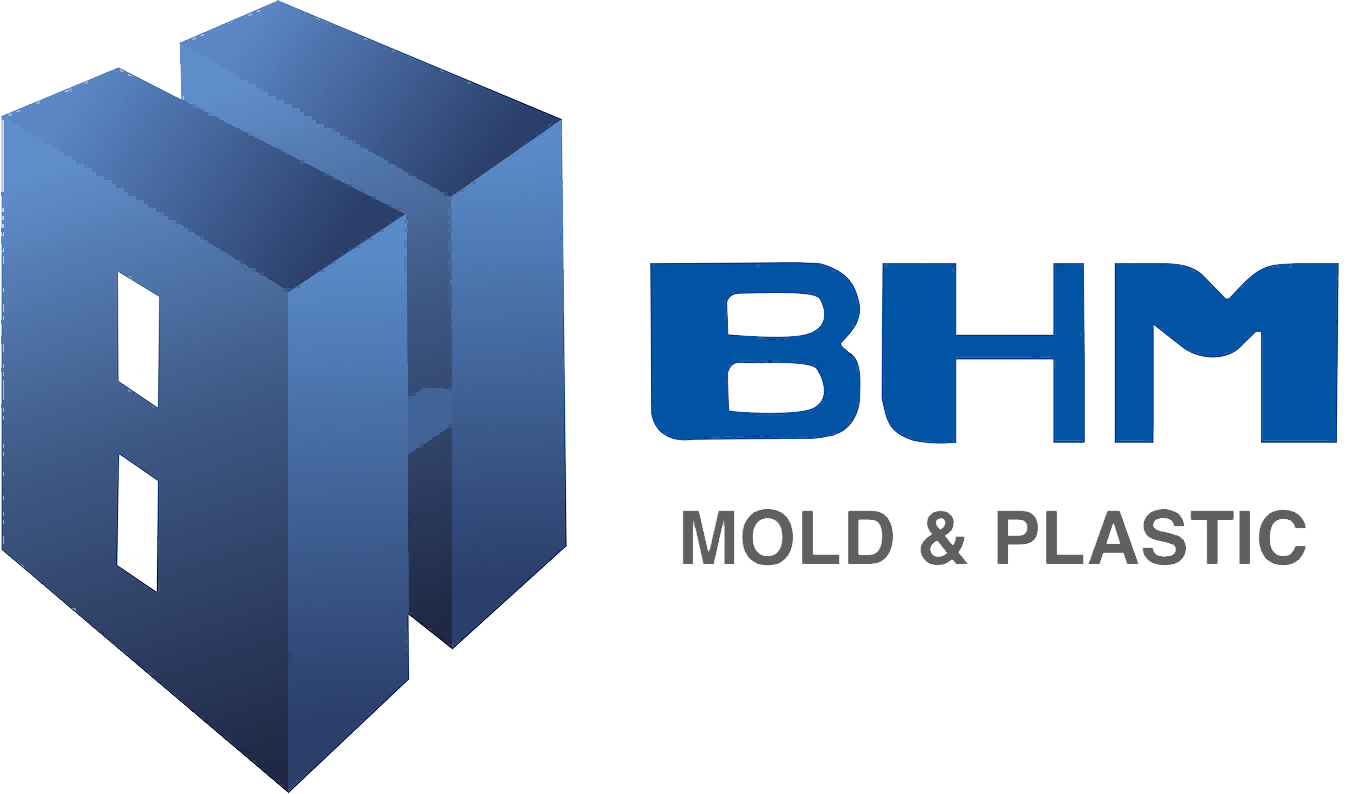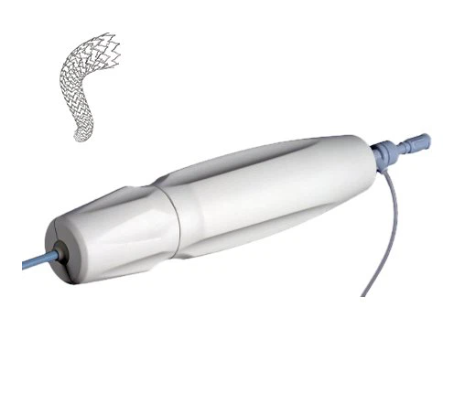Cost Efficiency Through OEM Molding Partnerships
Eliminating Equipment and Training Investments
Working with OEM partners helps cut costs because companies don't need to spend so much on mold machines upfront. Buying all that expensive equipment is a major expense anyway, plus there's ongoing maintenance and updates to worry about. Another bonus? Training expenses go down since OEM staff already knows their stuff when it comes to modern molding tech. Some studies show businesses save around 30% just by going this route for manufacturing. What do they do with those extra bucks? Often reinvest them into things that matter more right now like promoting products better or developing new ones altogether. Makes sense really, focusing resources where they'll actually make a difference instead of getting stuck maintaining old gear.
Optimizing Production Line Expenditures
Working with OEM partners gives manufacturers a real edge when it comes to cutting production costs. These partnerships let companies buy materials in bulk at better prices, which cuts down what they spend on raw goods. What's more, OEMs know how to get the most out of their machines. They run production lines smoothly and generate less waste compared to standard operations. Some businesses we've talked to saw their return on investment jump around 20% after switching to OEM collaboration models. For manufacturers looking to boost output without breaking the bank, forming strategic relationships with OEM molders makes sense both from a cost perspective and for improving overall production capacity.
Access to Advanced Manufacturing Technologies
Leveraging State-of-the-Art Injection Molding Systems
Cutting edge tech plays a big role in making products more accurate while cutting down on defects. When companies team up with original equipment manufacturers using top notch injection molding systems, they get designs that are complex yet detailed without much variation between units. Take a look at research from the Journal of Medicinal Food which found that firms adopting these advanced molding methods saw their defect problems drop around 25%. These systems really ramp up productivity because everything gets made to exact specs, so each batch comes out looking pretty much the same as the last one. The story of XYZ Corp tells us something similar happened there too. After working closely with OEM partners for their new molding setup, they noticed real changes in how well things were being produced day after day, month after month. Their whole operation just ran smoother once those systems were in place.
Benefiting from Continuous Process Improvements
Original equipment manufacturers spend a lot on research and development work, which leads to ongoing improvements in their processes that actually help their partner companies. When these manufacturers invest in new tech through R&D, they keep updating their methods so that the factories working with them can get their hands on the latest tools and techniques. The results? Faster production times and better quality end products. Some industry data shows most OEMs manage around two big process upgrades each year, and this makes a real difference in how much they produce and what kind of quality comes out at the end. These regular updates from OEMs are pretty important for keeping operations running smoothly and staying competitive in today's markets, especially for businesses trying to stay ahead of the pack without breaking the bank.
Scalability for Dynamic Market Demands
Businesses need to change their production levels quickly when markets go up and down. Working with OEM partners gives companies a real boost when they need to scale up or down fast, cutting down the problems that come from making too much or too little product. When companies team up with these manufacturers, they find it easier to keep up with what customers want at any given moment. This kind of flexibility really matters in sectors where demand keeps shifting around unpredictably. Looking at actual industry data, companies that build strong OEM relationships tend to run smoother operations and see better bottom line results over time. The numbers back this up across multiple industries facing similar challenges.
Original equipment manufacturers (OEMs) really matter when it comes to handling those seasonal ups and downs in demand. When companies work closely with OEM partners, they can adjust manufacturing schedules according to what's happening in different seasons. This means ramping up production during busy times without breaking the bank on extra costs. Businesses that stay ahead of these seasonal shifts tend to see better results at the cash register. Take the retail sector for instance many stores rely on OEM support during holiday rushes or back-to-school seasons. These partnerships let them scale operations smartly instead of just guessing what might happen next. Over time, this approach helps maintain steady revenue streams even as customer needs fluctuate throughout the year.
When companies work with OEMs to plan for seasonal demand changes, they can run their operations much better during busy seasons without letting things fall apart when business slows down. The real benefit here is matching what customers want with what gets produced, which cuts down on those money losing situations that happen when inventory builds up too much or falls short. Working closely with original equipment manufacturers gives businesses the flexibility needed to pull off effective seasonal marketing efforts. Retailers have seen this work wonders in industries ranging from outdoor gear sales in summer to heating appliance demand spikes during winter months.
Enhanced Quality Control Standards
ISO-Compliant Manufacturing Protocols
Keeping up with ISO standards matters a lot when it comes to quality manufacturing practices, particularly in OEM molding operations. When companies team up with OEM suppliers who follow ISO guidelines, they generally run into fewer problems down the road while their customers tend to be happier too. Take ISO 9001 certification as an example. This standard sets out clear expectations for how quality should be managed throughout production, so what ends up on store shelves actually works well and lasts longer than it otherwise might. What's more, sticking to these rules usually means implementing closer oversight during manufacturing that spots issues before they become major headaches later on. Companies that get serious about following ISO protocols typically see improvements in their market standing because people know they can count on consistent quality from their products, which helps build lasting partnerships over time.
Multi-Stage Product Verification Processes
Having a thorough product verification process across multiple stages really helps keep quality consistent throughout manufacturing. The way these checks are set up creates solid safeguards against defects while building trust with customers who buy our products. From looking at raw materials right through to testing finished goods, each step acts as a safety net where problems can be spotted and fixed before they become bigger issues down the line. Many manufacturers have found that when they implement these kinds of verification steps, their defect numbers drop noticeably over time. Customer feedback tends to improve too since people appreciate getting reliable products without unexpected flaws. Industry data actually backs this up showing around a 25% cut in defects for companies sticking with comprehensive verification methods. That makes sense why so many businesses now look specifically for OEM partners who already have strong quality control systems in place.
Strategic Resource Allocation Advantages
Focusing R&D on Core Business Competencies
Working with OEM partners lets businesses concentrate on what they do best instead of getting bogged down in manufacturing details. Take research and development for instance many companies find they can innovate faster when they're not stuck dealing with production headaches. When businesses tap into OEM's manufacturing know-how, they free up money and staff to work on things that actually set them apart from competitors. The results speak for themselves better products hit the shelves quicker, and customers start noticing the difference. Most seasoned managers will tell you that staying focused on core strengths is how real progress happens in today's markets. For tech startups especially, teaming up with an OEM partner means turning those wild R&D ideas into actual products without having to build factories from scratch. Meanwhile, the OEM takes care of all the nuts and bolts stuff that nobody really wants to deal with day to day.
Streamlining Supply Chain Management Efforts
Working closely with OEMs makes a big difference when it comes to managing supply chains efficiently. These companies already have well-established networks and tested approaches that help get operations running smoother. When businesses partner with OEMs, they typically save money because there's less overlap in what different parts of the supply chain are doing. This cuts down on how long it takes to bring new products to market. Some industry reports indicate that good OEM partnerships actually make supply chains work better overall. Faster deliveries happen naturally as a result, along with lower expenses across the board something every company wants in today's competitive landscape. The real value comes from accessing those OEM connections directly. Companies find their supply chains become much more streamlined this way, getting products out to customers quicker while still keeping shelves stocked with quality parts all the time.
Frequently Asked Questions (FAQs)
What are the main benefits of collaborating with OEMs for molding?
By partnering with OEMs, businesses can eliminate the need for investing in costly molding machinery and training, optimize production costs, and gain access to advanced manufacturing technologies. This collaboration also ensures better quality control and scalability for dynamic market demands.
How do OEM partnerships optimize production line expenditures?
OEM collaborations optimize production costs by leveraging economies of scale and resource efficiencies, including bulk purchasing discounts and efficient equipment use, which enhances ROI and maintains stable production cycles.
Why is ISO compliance important in OEM molding partnerships?
ISO compliance ensures high-quality standards are met, reducing risks and reinforcing customer satisfaction. It ensures consistent quality management, thus improving reliability and long-term business relationships through stringent monitoring processes.
How does collaborating with OEMs impact R&D focus?
Partnering with OEMs allows businesses to streamline their focus on core competencies, such as R&D, while leveraging OEM expertise for production. This enables more effective resource allocation and enhanced innovation and market differentiation.

